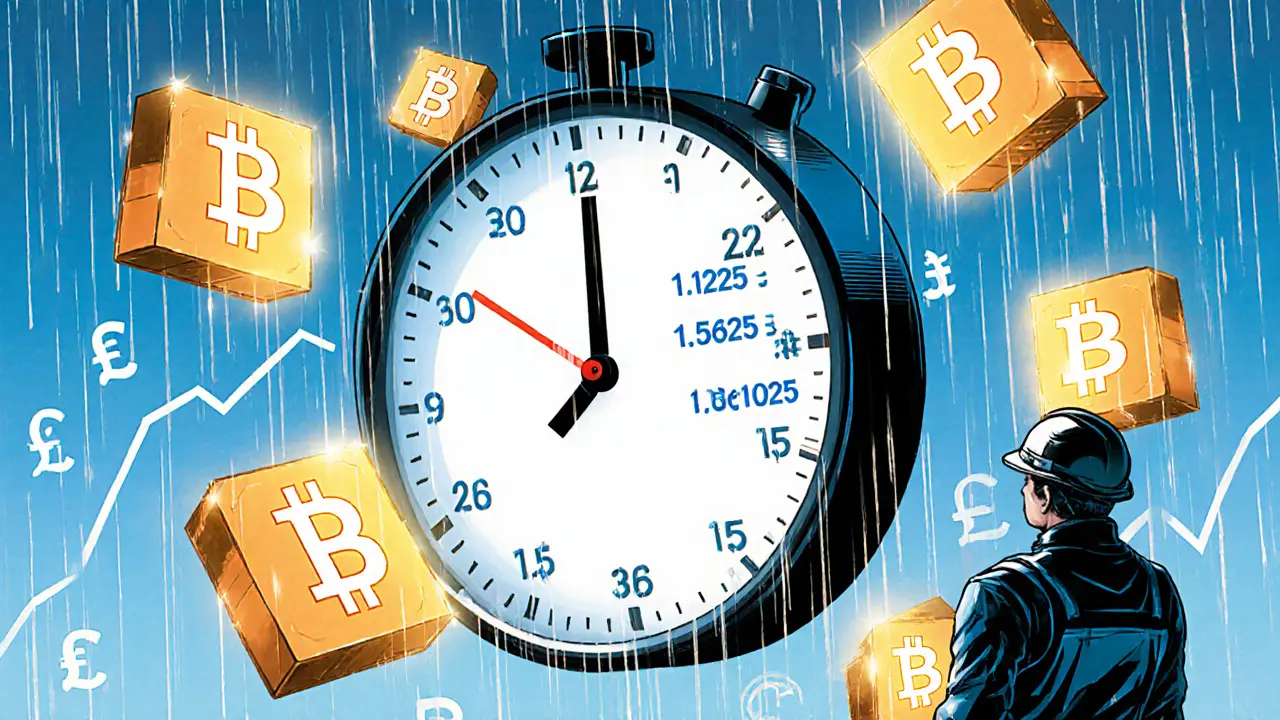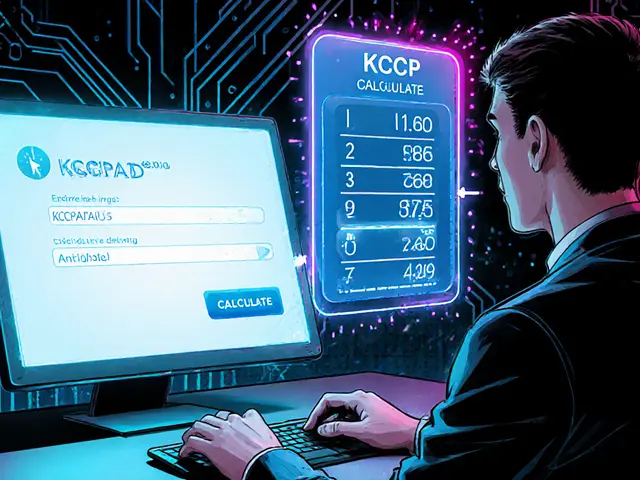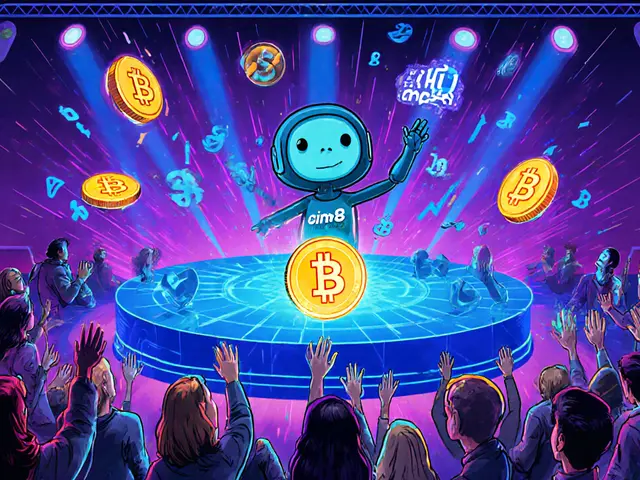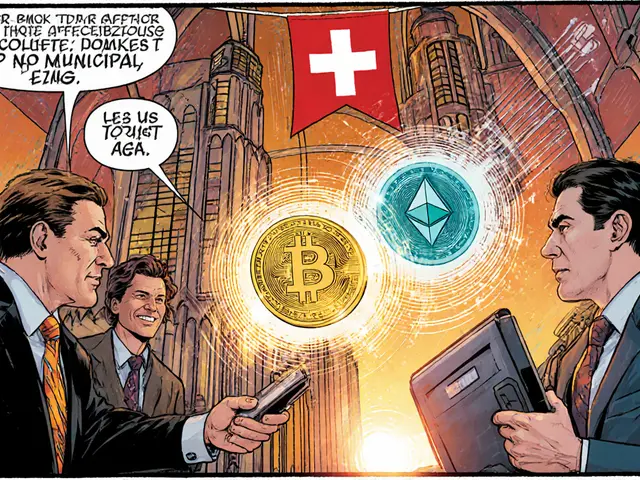Bitcoin Halving: What It Means for Miners and Investors
When working with Bitcoin halving, the scheduled cut in Bitcoin's block reward that occurs roughly every four years. Also known as halving event, it is a core part of Bitcointhe first decentralized cryptocurrency's monetary policy. The Bitcoin halving reduces the block rewardthe newly minted coins given to miners for each verified block by 50%, which in turn changes the price cyclethe historical pattern of price spikes and corrections surrounding each halving. This chain of effects forces miners to adjust mining difficultythe algorithmic measure that keeps block times steady despite hash‑rate changes and pushes investors to rethink risk and reward.
Why the halving matters for the Bitcoin ecosystem
The halving creates three obvious semantic links: it encompasses the block reward cut, it requires miners to adapt difficulty, and it influences the price cycle that traders watch. Historically, each halving has preceded a major rally, because the supply of new coins drops while demand often stays steady or grows. At the same time, lower rewards squeeze marginal miners, driving a consolidation toward larger, more efficient operations. This dynamic reshapes the network’s security model and can affect transaction fees, which become a larger part of miners’ revenue once the block reward shrinks.
For everyday investors, the halving acts like a calendar reminder that the supply side of Bitcoin is tightening. When the reward goes from 6.25 BTC to 3.125 BTC, the annual inflation rate halves, making the asset scarcer in the long run. Scarcity, in turn, fuels the narrative that Bitcoin is “digital gold,” a story that many media outlets and analysts amplify during the months leading up to the event. Understanding this narrative helps traders position themselves—whether they aim for short‑term price spikes or long‑term holds.
Miners face a different set of challenges. The reward cut directly lowers revenue, so they must rely more on transaction fees or upgrade to more efficient hardware. Some miners respond by joining mining pools to smooth out income, while others retire older rigs. This shift influences the overall hash‑rate, which the network automatically balances by adjusting mining difficulty. The difficulty jump can be steep, making the next halving even more impactful for anyone still mining.
Regulators and policymakers also keep an eye on the halving because it can trigger market volatility. Sudden price swings may attract scrutiny from tax authorities, especially in jurisdictions tightening crypto tax rules. Investors should stay aware of how the halving fits into broader regulatory trends, like the rise of Central Bank Digital Currencies (CBDCs) that aim to offer state‑backed alternatives to Bitcoin’s decentralized model.
In short, the Bitcoin halving is more than a technical footnote; it’s a multi‑layer event that touches block reward economics, mining operations, price expectations, and even regulatory landscapes. Below you’ll find a curated collection of articles that dive deeper into each of these angles, from tax implications to mining strategy, so you can stay ahead of the curve as the next halving approaches.

Block rewards in Bitcoin are programmed to halve every four years, creating a predictable, declining inflation rate that contrasts sharply with fiat currencies. This mechanism is key to Bitcoin's value as a scarce digital asset.
Continue Reading

Explore how block rewards differ across major blockchains, see a detailed comparison table, and learn which mining targets offer the best profit and accessibility in 2025.
Continue Reading






